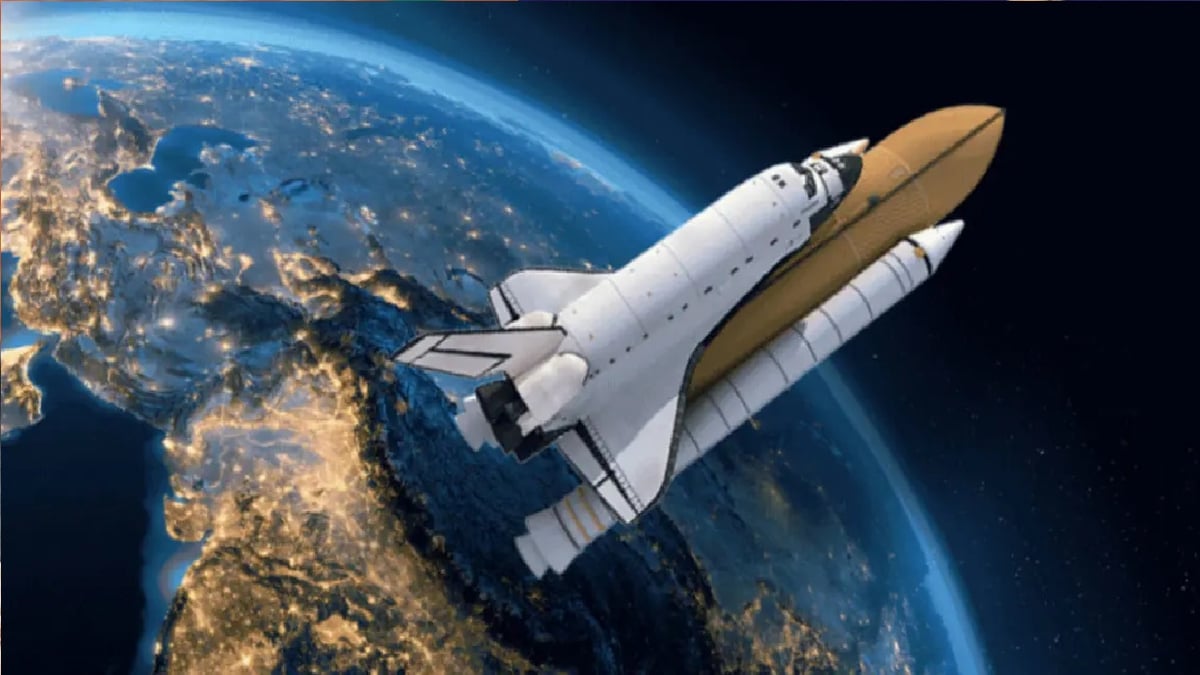New Delhi : The rocket LVM 3 M4 Cryonic, which sent Chandrayaan-3’s lander Vikram and rover Pragyan to a distance of about 36,000 kilometers from the Earth in July this year, has returned after about five months. According to the information given by the Indian Space Research Organization (ISRO), around 2.30 pm on Wednesday night, a part of this rocket went out of control and fell into the Pacific Ocean near America. ISRO said that this could not be controlled. The rocket that fell into the Pacific Ocean was the upper part of the LVM-3M4 cryogenic rocket.
Was circling the earth for five months
ISRO has confirmed that the upper part of the cryogenic rocket that placed Chandrayaan-3 in an orbit of about 133 km X 35,823 km above the Earth has returned after about five months and landed in the Pacific Ocean near America. . ISRO said that this part of the rocket had placed Chandrayaan-3 in its orbit. After this, it was circling the Earth and coming closer to it.
North American Aerospace Defense Command was tracking
ISRO informed that on November 15, 2023, around 3.45 pm, the upper part of the Chandrayaan-3 rocket fell in the North Pacific Ocean off the coast of America. The North American Aerospace Defense Command was tracking it. After tracking, he talked to ISRO and identified the object coming to earth from space. ISRO has also confirmed this.
returned in 124 days
ISRO told the Inter-Agency Space Debris Coordination Committee (IADC) that it was already decided that it takes about 124 days for any object to return from low Earth orbit. The upper part of the LVM-3 M4 rocket also returned in an estimated 124 days. ISRO said that while returning to Earth, the upper part of the rocket was passivated in space to prevent any damage. Let us tell you that passivation is a process of removing fuel from the rocket.
What is the rule of IADC?
According to media reports, it is a rule of the United Nations and IADC that if any part of the rocket is moving in space, then shortly after launch, all the remaining fuel is removed from it, so that if it returns to Earth. So that no accident occurs due to its collision. Chandrayaan-3 was placed on top of this. This is what left him in the scheduled class.
The rocket was filled with 28 metric tons of fuel.
It has been told in the report that the diameter of the upper part of Chandrayaan’s rocket LVM-3 M4 cryogenic was 13 feet and length was 44 feet. 28 metric tons of fuel was filled inside it. Generally scientists also know it by the name of C25. At the time of launch of Chandrayaan-3, this part was made more eco-friendly, so that pollution is reduced. To make it lighter, its material was also changed. Apart from this, the launching pad of Chandrayaan has been built by HEC.

